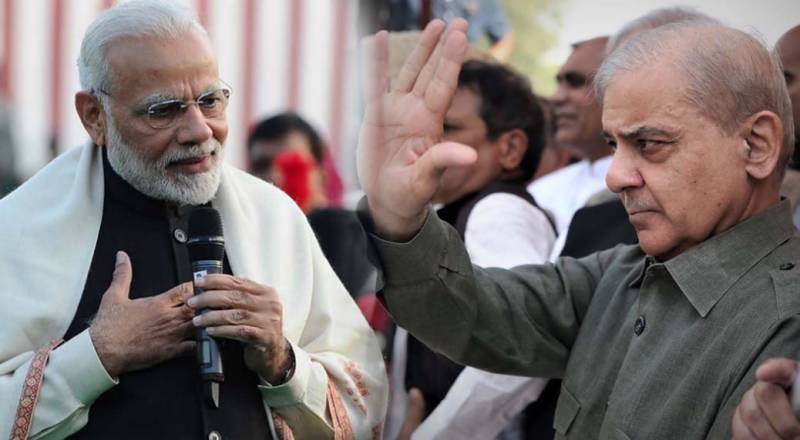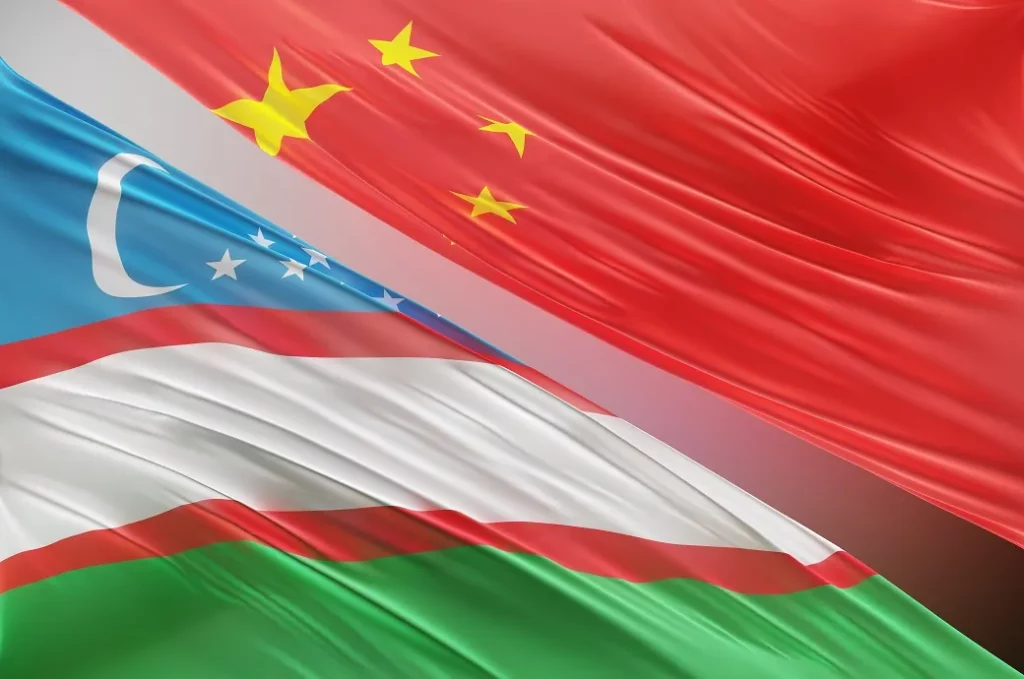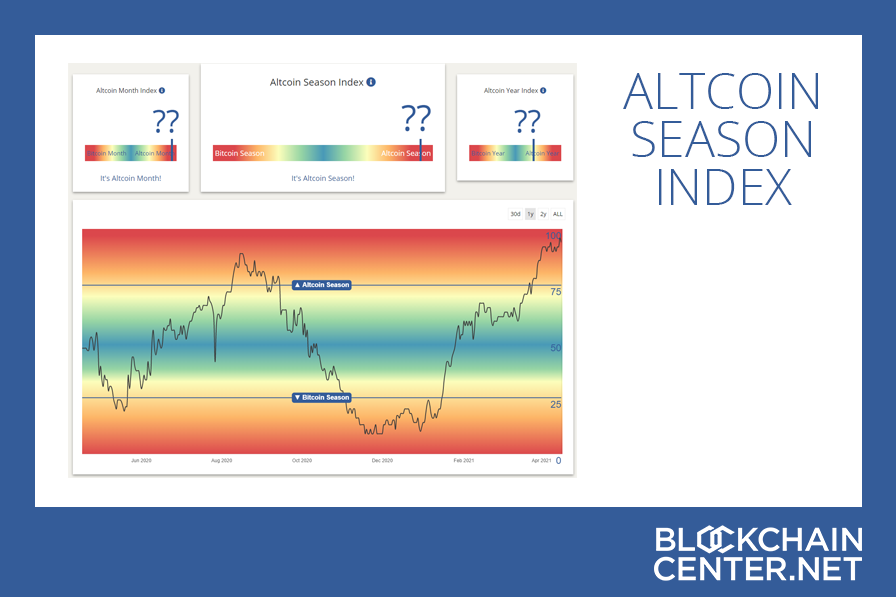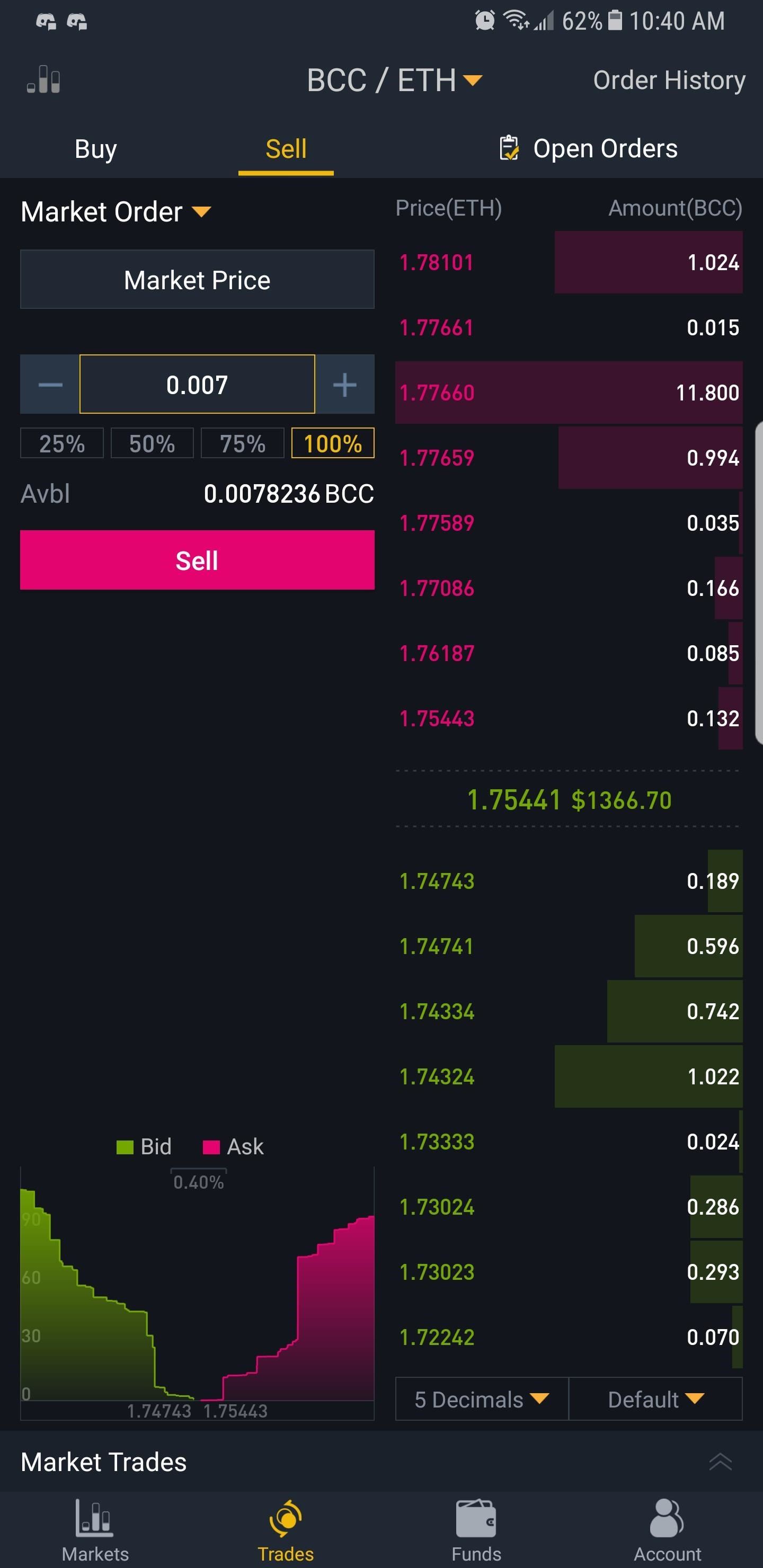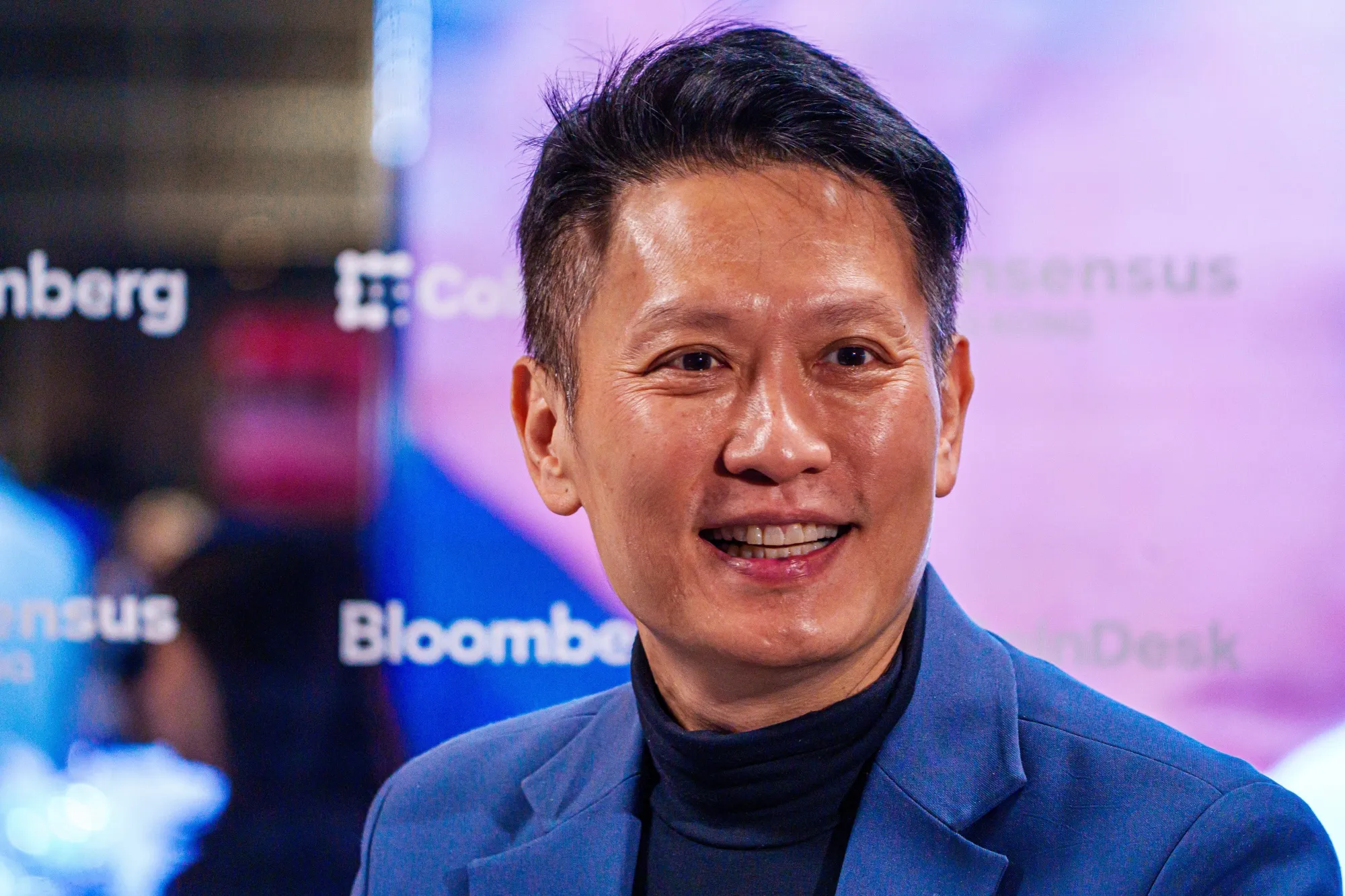Alright folks, let’s cut through the noise. Secretary of State Rubio just got off the phone with Russian Foreign Minister Lavrov, and the initial readout is…well, cautiously optimistic. The big news? A prisoner exchange agreement has been reached – a win for those directly involved, absolutely. But don’t pop the champagne yet.
Rubio, to his credit, didn’t shy away from pressing Lavrov on the urgent need for an immediate ceasefire and an end to the violence. This echoes, unsurprisingly, President Trump’s steadfast calls for de-escalation. It’s good to see a consistent message, but will Moscow actually listen? That’s the million-dollar question.
Let’s break down the broader context. Prisoner swaps, while humanely necessary, are often tactical maneuvers, not genuine breakthroughs. They’re a transactional element in a much larger, complex geopolitical game.
Understanding Prisoner Exchanges:
Prisoner swaps aren’t new. Historically, they’ve been used during and after conflicts to secure the release of citizens held by opposing sides. It reflects a basic human desire for reciprocity.
Geopolitical Leverage: These exchanges demonstrate a willingness to negotiate, which can open channels for further dialogue. However, they don’t necessarily signal a fundamental shift in policy.
Risk of Signaling Weakness: Some argue that prisoner swaps can be perceived as rewarding hostage-taking or appearing weak in negotiations. It’s a delicate balance.
Ultimately, Rubio’s engagement with Lavrov is a necessary, yet probably insufficient, step. The focus must remain squarely on achieving a lasting ceasefire and a genuine commitment to peace. The stakes are simply too high for anything less. We need more than just prisoner exchanges; we need a fundamental recalibration of strategy. I’ll be watching closely, and I urge you to do the same.

